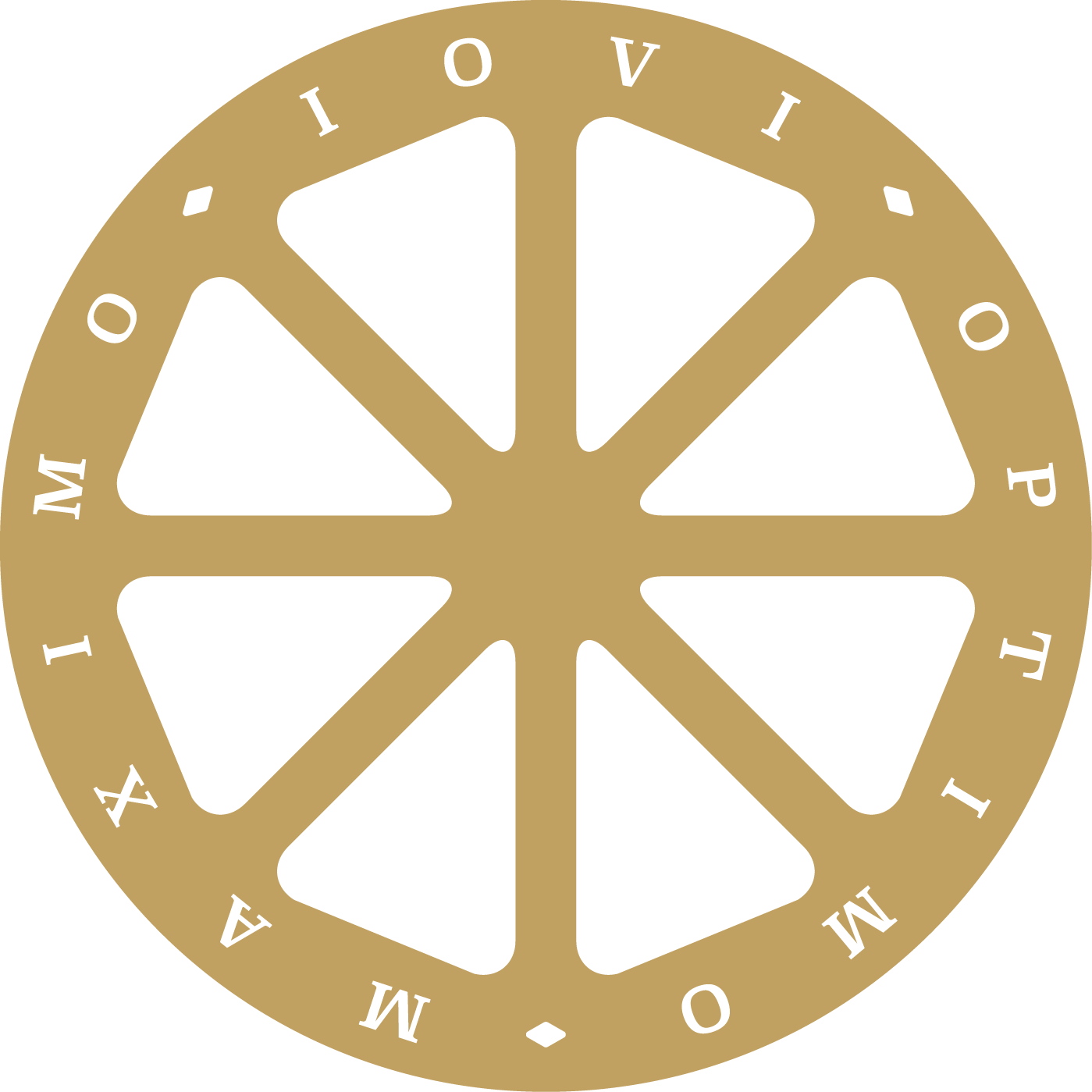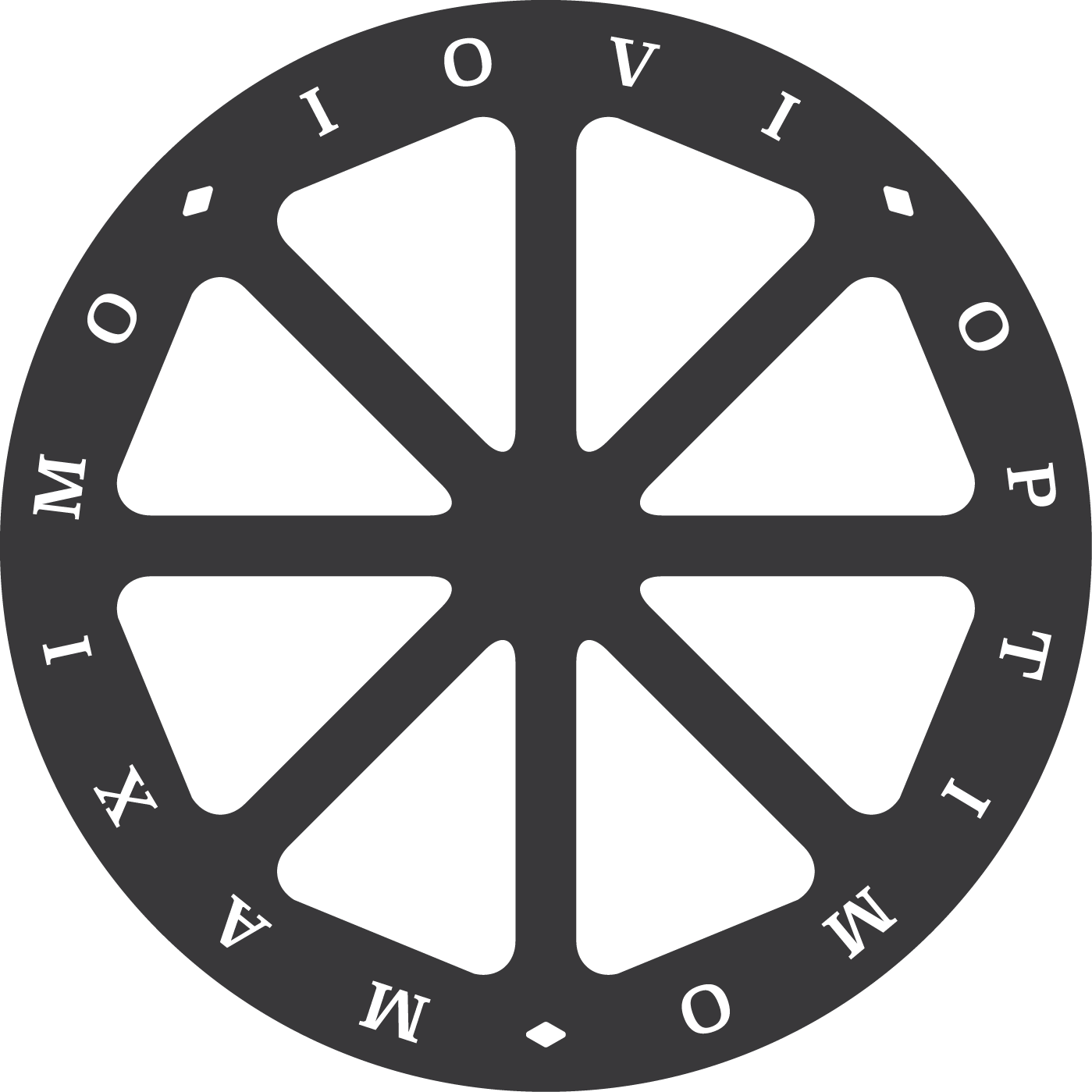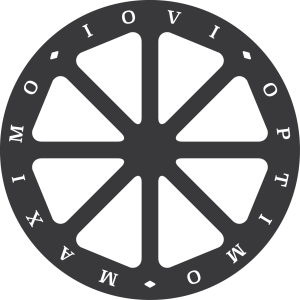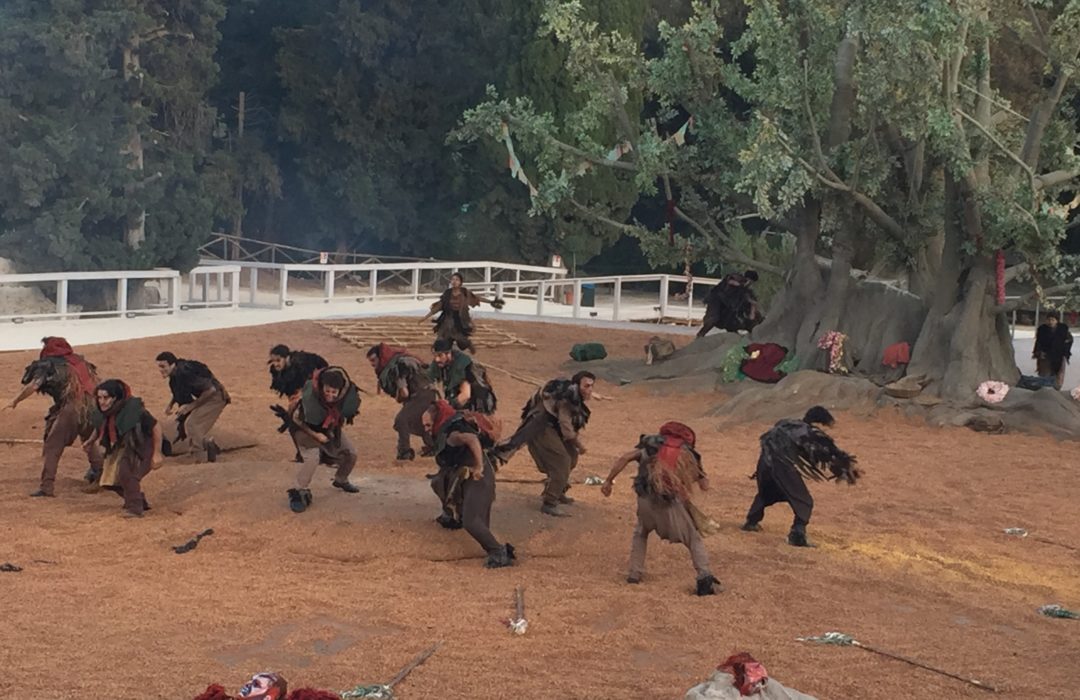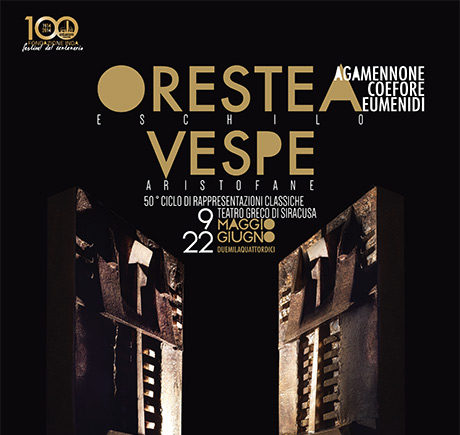
Heidegger e Sofocle: una metafisica dell’apparenza
In Engramma, n. 150, ottobre 2017 – Zum Bild, das Wort
Pagine 154-161
Per chi scrive e insegna, e cerca quindi di comunicare, la pubblicazione dei propri testi è sempre importante. Ma in questo caso essa è speciale per varie ragioni.
Engramma non è soltanto un’autorevole rivista dedicata alla cultura greca e romana, è anche e soprattutto una raffinata espressione della «tradizione classica nella memoria occidentale», come recita il suo titolo.
La seconda ragione è che in questo testo ho avuto modo di coniugare uno dei più potenti nuclei teoretici del pensiero di Martin Heidegger con la Stimmung degli antichi Elleni, in particolare Eraclito e Sofocle.
Terzo motivo è che si tratta di un numero a inviti. Ringrazio dunque Monica Centanni, la poliedrica e affascinante filologa che ha inventato e dirige Engramma, per avermi accolto tra gli autori che hanno festeggiato i 150 numeri di questa bellissima rivista.
Abstract
This paper proposes a reading of the 1935 Heideggerian course – Einführung in die Metaphysik – and focuses on the way the philosopher translates and interprets some fragments of Heraclitus and the 332-375 lines of Sophocles’s Antigone. The fundamental metaphysical question, ‘Why is there something rather than nothing?’ is the background to the Heracliteian dynamic of identity and difference, and to the meditation of the Sophoclean chorus on mankind, his nature, and his destiny. The hypothesis I propose is that the translation of τὸ δεινότατόν as das Unheimlichste doesn’t simply mean the canonical ‘more disturbing’ but relates to Heimat, the home, the place where Man once lived but lost becoming Unheimlichste, the most restless of entities because the farthest from the origins he lost but constantly feels nostalgia for. The way back to Heimat consists of full acceptance of Erscheinen – appearing – as the shape and the way of Sein, of being. An apology of the image which confirms Heidegger’s loyalty to Nietzsche and phenomenology.
